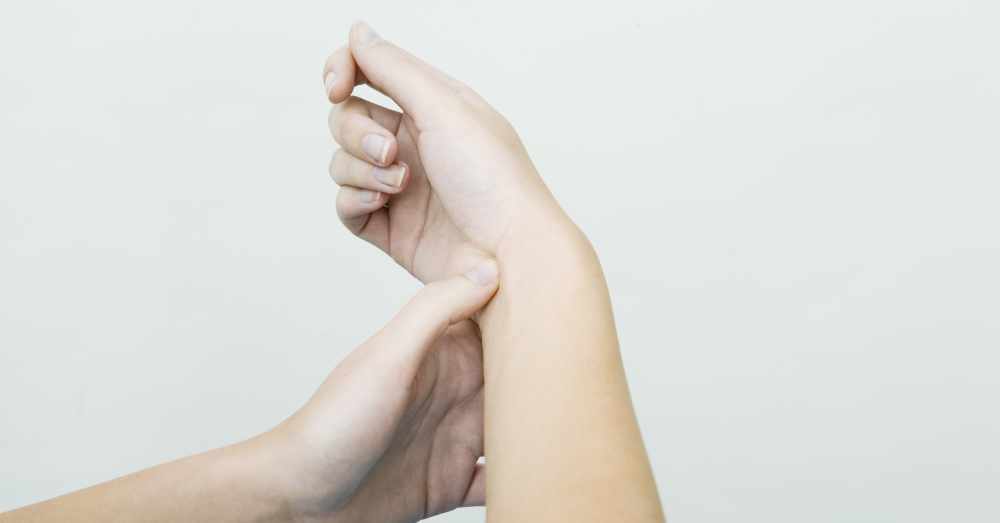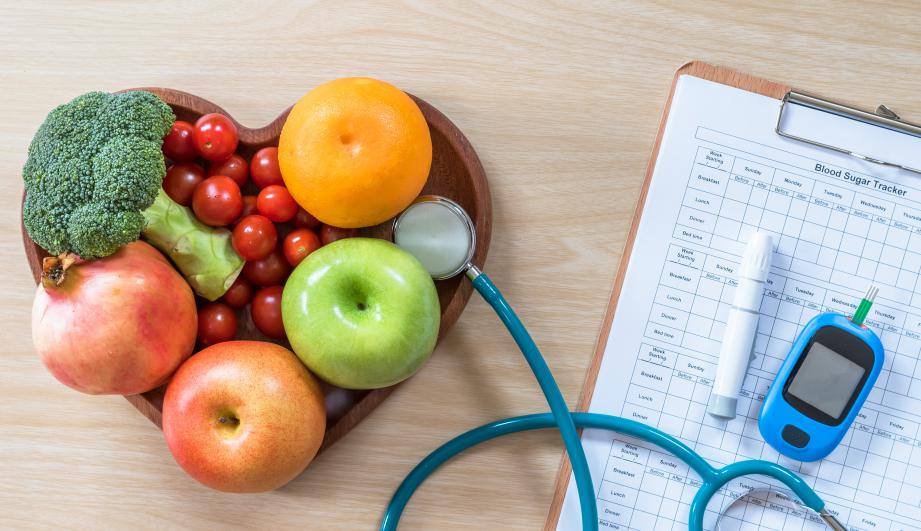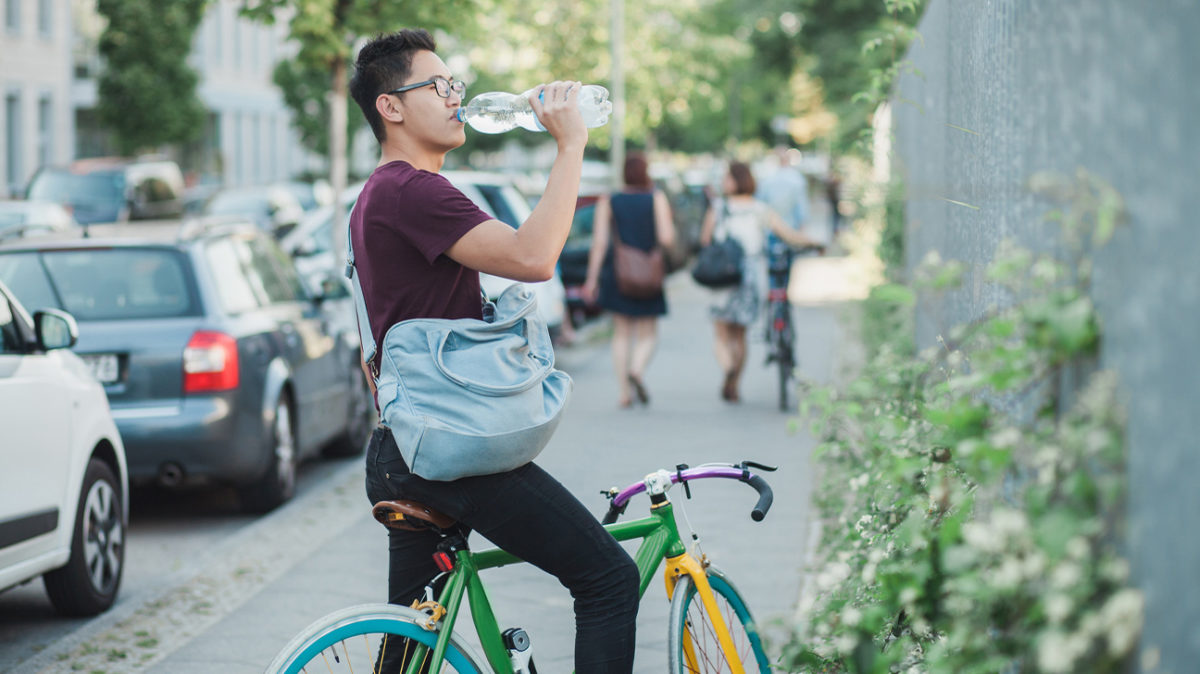Maintaining the blood glucose levels under required range is always a difficult task for diabetic individuals. It is always under attention for diabetics to know what to do to keep the blood glucose (or sugar) in range, even under the most challenging circumstances.
There are many prevention and treatment strategies to lower the sudden hikes in the blood glucose levels, which are either suggested by the doctor or healthcare professional or practiced by the diabetic individual itself. The initial step taken by any diabetic individual is to increase the physical activity, which is also suggested by doctors. It is reported that physical activity contributes highly in maintaining blood glucose levels in the body.
HOW THE PHYSICAL ACTIVITY & BLOOD GLUCOSE LEVELS ARE LINKED?
- Physical activity can lower the blood glucose for up to 24 hours or more after work out by making the body more sensitive to insulin.
- Checking the blood glucose levels frequently before and after exercise can help to see the benefits of activity.
- The results of blood glucose help to see how the body reacts to different activities.
- Understanding these patterns can help to prevent the blood glucose from going too high or too low.
HOW PHYSICAL ACTIVITY ACT INSIDE BODY TO LOWER BLOOD GLUCOSE LEVELS?
Blood glucose levels are increased when either the insulin is not synthesized inside the body or the insulin is not responding to the blood glucose to transfer it to the cells (insulin resistance). Any of the two conditions can develop diabetes.
During exercise, the demand for fuel increases inside the body and the body responds accordingly.
- Glucose stored in the muscle is burned very quickly.
- At about the same time, glucose stored in the liver is released into the bloodstream (like fast fuel injection).
- Fat is released from special cells called adipocytes. This fat along with glucose makes its way through the bloodstream to the muscles to be used for fuel.
- Once the fuel reaches the muscle, it must enter through special pathways so that the muscles can use it for energy.
By using the above given pathways, physical activity or exercise maintains blood glucose levels in any of the following ways:
- Insulin sensitivity: Insulin sensitivity is increased with regular exercise, so the cells are better able to use available insulin to take up glucose during and after activity. This enhanced insulin sensitivity may continue for many hours after the exercise is over, depending on the extent of the activity. The more intense and prolonged the activity, the longer and greater the enhancement in insulin sensitivity.
- Energy production: When the muscles contract during activity, it stimulates another mechanism that is completely separate of insulin. This mechanism allows the cells to take up glucose and use it for energy whether insulin is available or not.
- Weight management: Exercise burns calories and builds muscles, which in turn helps the body burn more calories. In people with either type 1 or type 2 diabetes, having too much body fat inhibits insulin from working (to control blood glucose levels). To reach and maintain a healthy weight, just eating right isn’t enough – people need to exercise.
This is how exercise can help lower blood glucose in the short term. And when the body is active on regular basis, it can also lower the glycosylated hemoglobin.
CAREFUL SELECTION OF EXERCISE
Exercise to lower blood glucose levels should be chosen after complete advice from healthcare professional and after completely studying the pros & cons of that specific exercise.
- Rise in blood glucose due to exercise: It has been suggested that instead of lowering blood glucose levels, some exercises or physical activities raise the glucose levels too.
Reason: It is not unusual to experience a blood glucose rise at the onset of high-intensity exercise. This is caused by a flow of stress hormones that oppose insulin’s action and cause the liver to dump extra glucose into the bloodstream. The supply of glucose becomes more than the requirement by the body. The muscles cannot burn the glucose as fast as the liver is producing it, resulting in increase in blood glucose levels.

Exercises, which increase blood glucose levels
- Weight lifting (particularly when using high weight and low repetitions)
- Sports that involve intermittent “bursts” of activity like baseball or golf
- Sprints in events such as running, swimming and rowing
- Events where performance is being judged, such as gymnastics or figure skating
- Sports activities in which winning is the primary objective
- Fall in blood glucose due to exercise: Exercise contributes quite well in maintaining blood glucose in diabetic patients. Sometimes, the blood glucose levels fall more than the required levels. This can be understandable by concentrating the mechanism of lowering blood glucose by exercise.
Reason: The muscle cells have special receptors (called insulin receptors), like doors, that allow glucose to pass from the bloodstream to the muscle. These doors do not open unless they are unlocked by insulin. The good news is that exercise has an insulin-like effect, making insulin work better in the body. During physical activity, the doors swing open easily, allowing more and more glucose to enter the muscle cells to be burned up for energy. The problem is that as you continue to exercise and glucose continues to leave the blood, you may end up with low blood glucose. Thus, the exercise to lower or maintain glucose levels should be chosen after accurate advice from health professional.
Exercises, which maintain blood glucose levels
- Aerobic exercise:
 Aerobic exercise helps the body to useinsulin It makes the heart and bones strong, relieves stress, improves blood circulation and reduces the risk of heart disease by lowering blood glucose and blood pressure and improving cholesterol levels.
Aerobic exercise helps the body to useinsulin It makes the heart and bones strong, relieves stress, improves blood circulation and reduces the risk of heart disease by lowering blood glucose and blood pressure and improving cholesterol levels.
Recommendation: 30 minutes of moderate-to-vigorous intensity aerobic exercise at least 5 days a week or a total of 150 minutes per week is recommended to maintain blood glucose.
Aerobic exercises include brisk walking, indoor cycling, dancing, low-impact aerobics, swimming, tennis, stair climbing, jogging, hiking, ice-skating, etc.
- Strength training:
 Strength training (also called resistance training) makes the body more sensitive to insulin and can lower bloodglucose. It helps to maintain and build strong muscles and bones, reducing the risk for osteoporosis and bone fractures. The more muscle you have, the more calories you burn – even when your body is at rest.
Strength training (also called resistance training) makes the body more sensitive to insulin and can lower bloodglucose. It helps to maintain and build strong muscles and bones, reducing the risk for osteoporosis and bone fractures. The more muscle you have, the more calories you burn – even when your body is at rest.
Recommendation: It is recommended that doing some type of strength training at least 2 times per week in addition to aerobic activity is helpful in maintaining blood glucose levels.
Some of the strength training activities include weight machines, lifting light weights, heavy gardening to keep & build muscles, etc.
- Light activities:
 If you are sitting for a long time, such as working at a desk or watching TV, do some light activity for 3 minutes or more every half hour to maintain the blood glucose levels.
If you are sitting for a long time, such as working at a desk or watching TV, do some light activity for 3 minutes or more every half hour to maintain the blood glucose levels.
Light activities include leg lifts or extensions, overhead arm stretches, walking in place, torso twists, side lunges, etc.
Thus, moderate physical activity advised by health professional should be chosen to lower blood glucose levels. If you combine physical activity with a reduced-calorie eating plan, it can lead to even more benefits. The additional benefits may include improved cholesterol levels, less sleep apnea and being able to move around more easily.

BE PHYSICALLY ACTIVE. BE PATIENT. BE DIABETES-FREE.
REFERENCES
- https://diatribe.org/sports-and-exercise-ultimate-challenge-blood-glucose-control
- http://www.diabetes.org/food-and-fitness/fitness/get-started-safely/blood-glucose-control-and-exercise.html?referrer=https://www.google.co.in/?referrer=http://www.diabetes.org/food-and-fitness/fitness/get-started-safely/blood-glucose-control-and-exercise.html
- http://kidshealth.org/en/teens/sports-diabetes.html
- http://kidshealth.org/en/parents/sports-diabetes.html
- http://www.diabetes.org/food-and-fitness/fitness/types-of-activity/what-we-recommend.html
- http://www.bd.com/us/diabetes/page.aspx?cat=7001&id=7516
- https://www.niddk.nih.gov/health-information/diabetes/overview/diet-eating-physical-activity















































